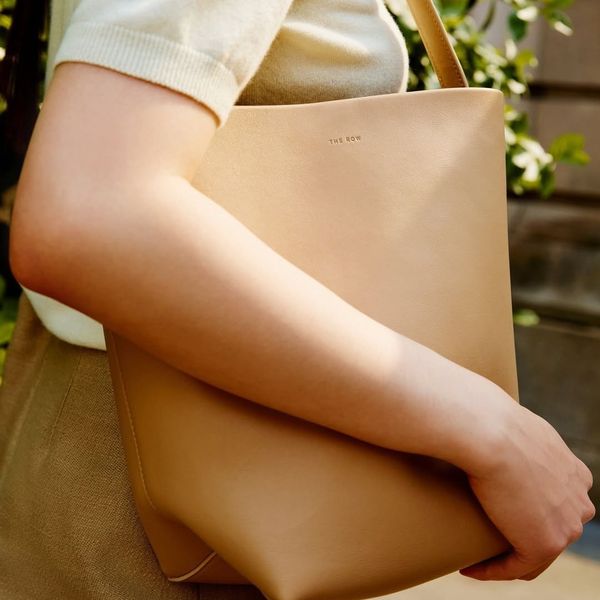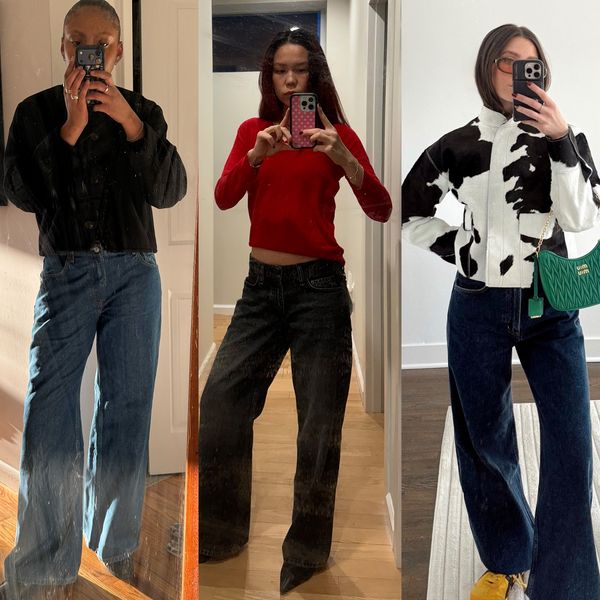Tsuki Couldn’t Find a NYC Salon He Actually Liked, so He and His Wife Created Their Own
The two creatives on what drew them to hair styling, their obsession with physical magazines, and opening the space of their dreams.
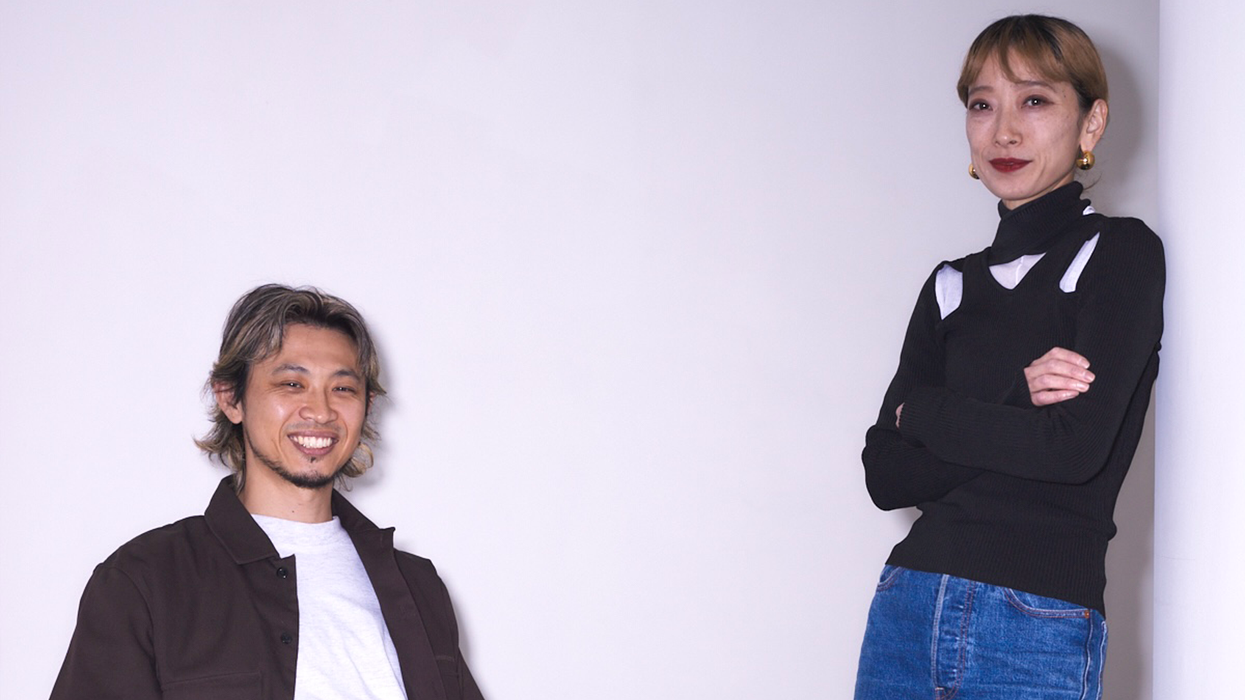
It’s 2000 and the mini-series Beautiful Life is airing on television sets across Japan. Actor Takuya Kimura plays Shuji Okishima, a talented, young hairstylist who defies his father’s wishes to take over the local hospital. He drives his motorcycle down the lush, tree-lined streets in Omotesandō to get to the salon where he works. The show grows, gaining a following. Fans watch and think, “Oh, I want to do what he’s doing.” Takayoshi Tsukisawa is one of those people.
Tsukisawa, or Tsuki, was able to take his dream from fantasy to reality—he has now gained recognition as a hairstylist, working with publications like Vogue US and T Magazine, and brands including Thom Browne and Phillip Lim. The story of beauty is the story of transformation, and for Tsuki, that means constantly creating and moving forward, figuring out a solution to an existing problem. He didn’t have anyone to cut his hair when he was younger, so he did it himself. He never had a go-to salon that he loved in New York City, so he and his wife, hairstylist Ritsuko Hotaka, decided to open their own. On-Session, is the salon they’ve always dreamed of owning. It’s meant to be a collaborative and creative space, influenced by the salons Hotaka and Tsuki worked in when they lived in Tokyo.
“Whenever I would work with a model or photographer, they’d ask me for hair salon recommendations,” says Tsuki. We’re sitting in the large, open concept salon, along with Hotaka, while the song “Water” by Tyla plays softly through the speakers. “I’d always say, ‘Sorry, I don’t know,’ and eventually, we decided it was time to create that space ourselves.”
Ahead, we speak to Hotaka and Tsuki about what drew them to hair styling, their obsession with physical magazines, the move to the US, and more.
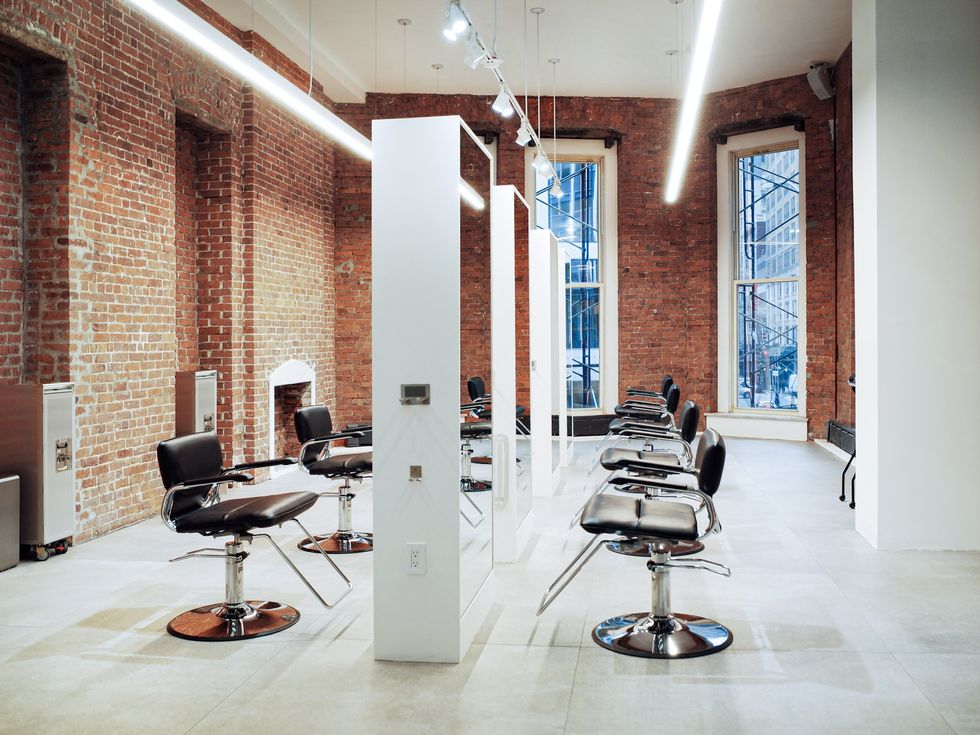
Courtesy of On-Session Salon
How did you guys meet?
Ritsuko Hotaka: “We’re the same age, and we used to work in the same area in Tokyo. We had a lot of mutual friends, so we met through them.”
Where’d you two grow up?
Tsuki: “We both grew up in the countryside, in different areas. In my hometown, there was nothing—no supermarket, nothing to do. I started cutting my own hair because there wasn’t a hair salon. Then I started cutting my friend’s hair, and that’s how I got into this world.”
RH: “My hair is really fluffy and frizzy, and when I was younger, I could never find a stylist who was good at cutting my hair. When I was 20, I went to this famous hair salon in Tokyo and the stylist did such a great job on my hair. Then I realized that I wanted to do the same thing for other people and help make them feel good. I’d gone to university to study math and chemistry but I quit after two years and started beauty school.”
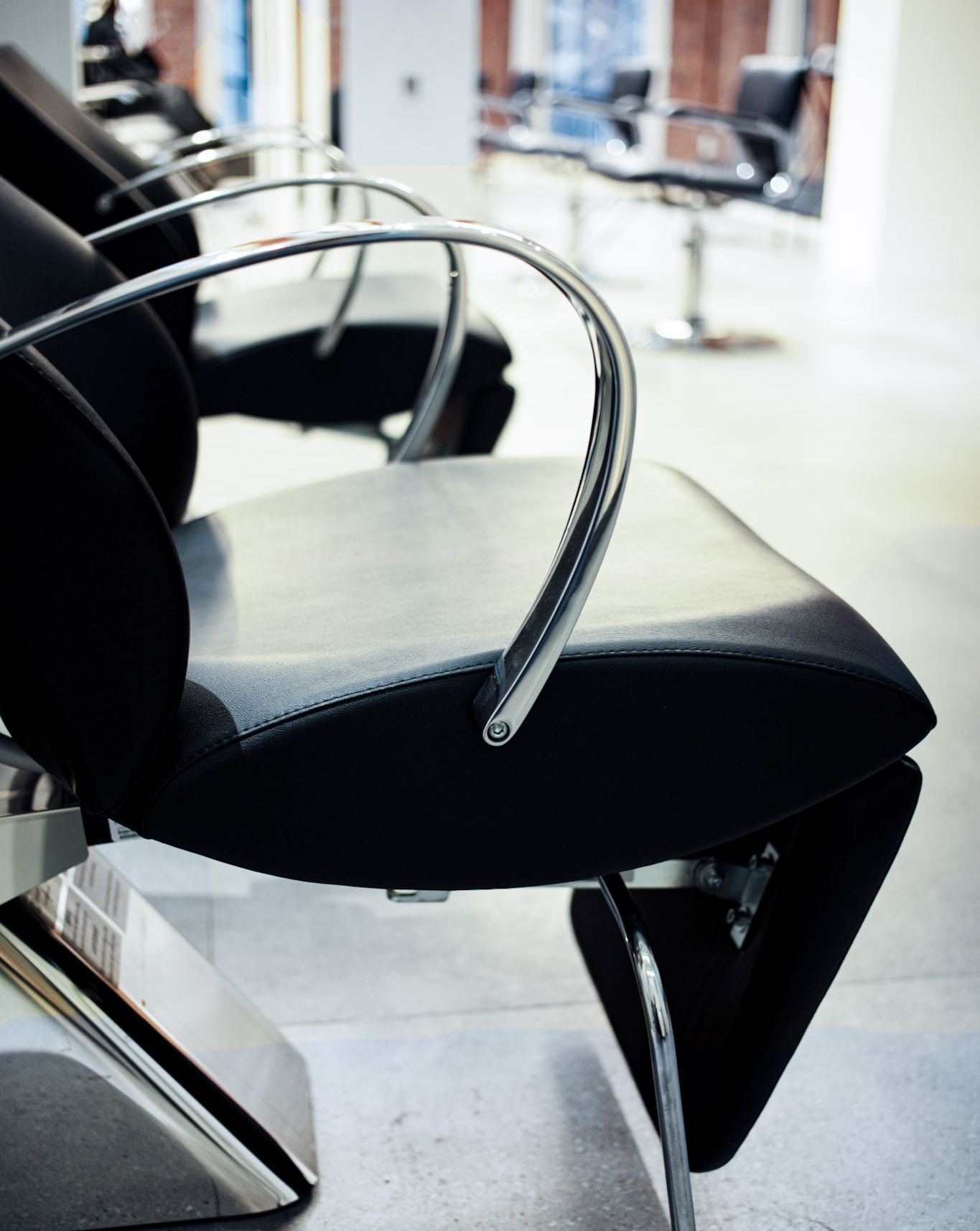
Courtesy of On-Session Salon
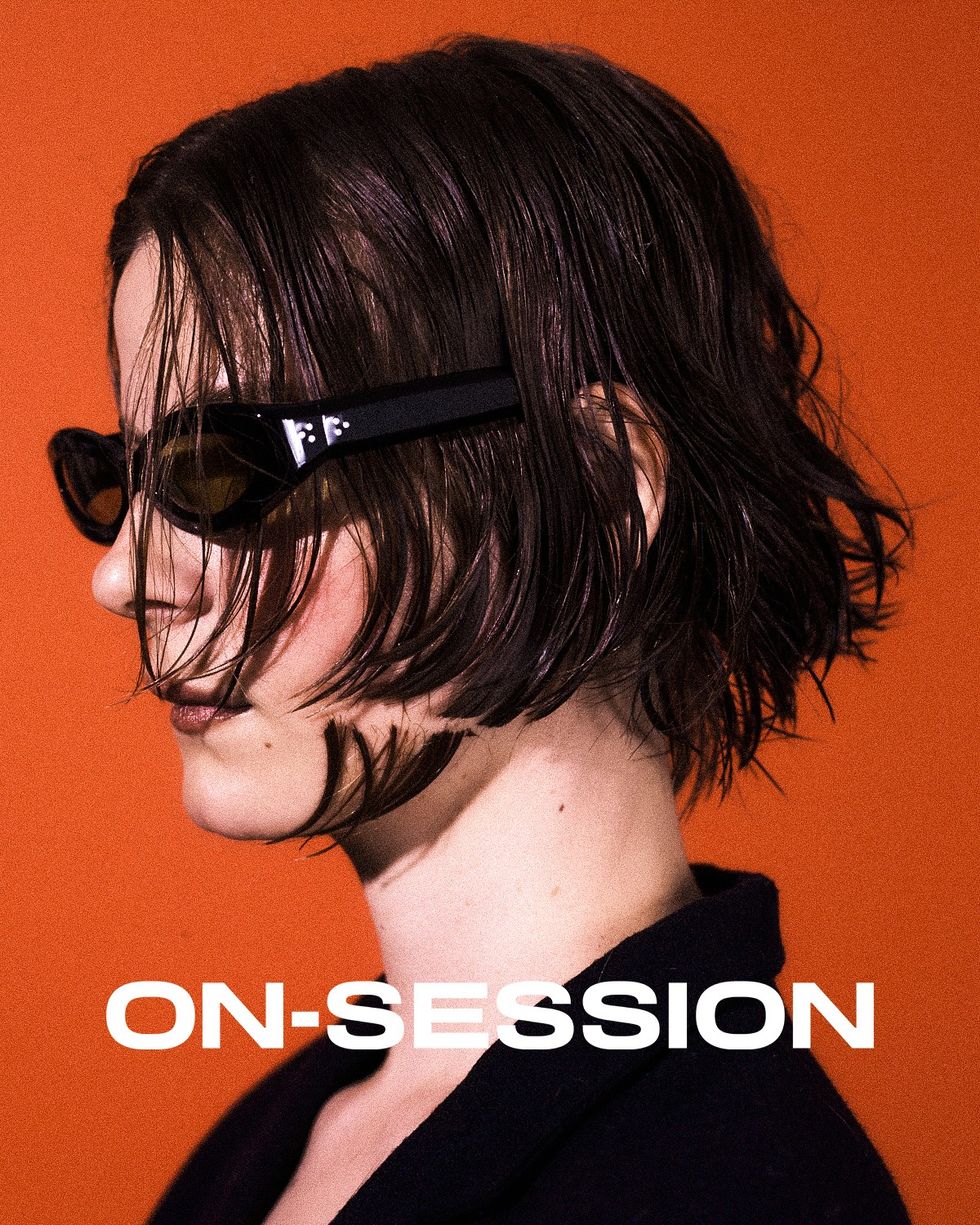
Courtesy of On-Session Salon
Where did you find creative inspiration?
R: “From fashion magazines like Vogue, Elle, or iD. I’d flip through the pages and think, ‘Wow.’ It was hard to find foreign magazines at the time, when I was a teenager, so I’d go to this school festival at a nearby university where they sold international magazines. It was so exciting. I couldn’t understand anything but I loved the texture and the picture quality.”
T: “There was one tiny bookstore in Tokyo that sold international magazines—it was the only store that had them. And once I started working in a salon, the owner had back issues of iD and Vogue Italia that we’d go through. I remember looking at the magazines and thinking, ‘Oh my god, this is so cool. How can I do that?’ And when I looked at the hairstylist credits for the photoshoots, I realized that they weren’t Japanese. And I thought, ‘Oh, I have to move out of Japan and go somewhere—Paris, London, or the U.S.’ That’s how I decided that if I ever get the chance, I’m going to leave.”
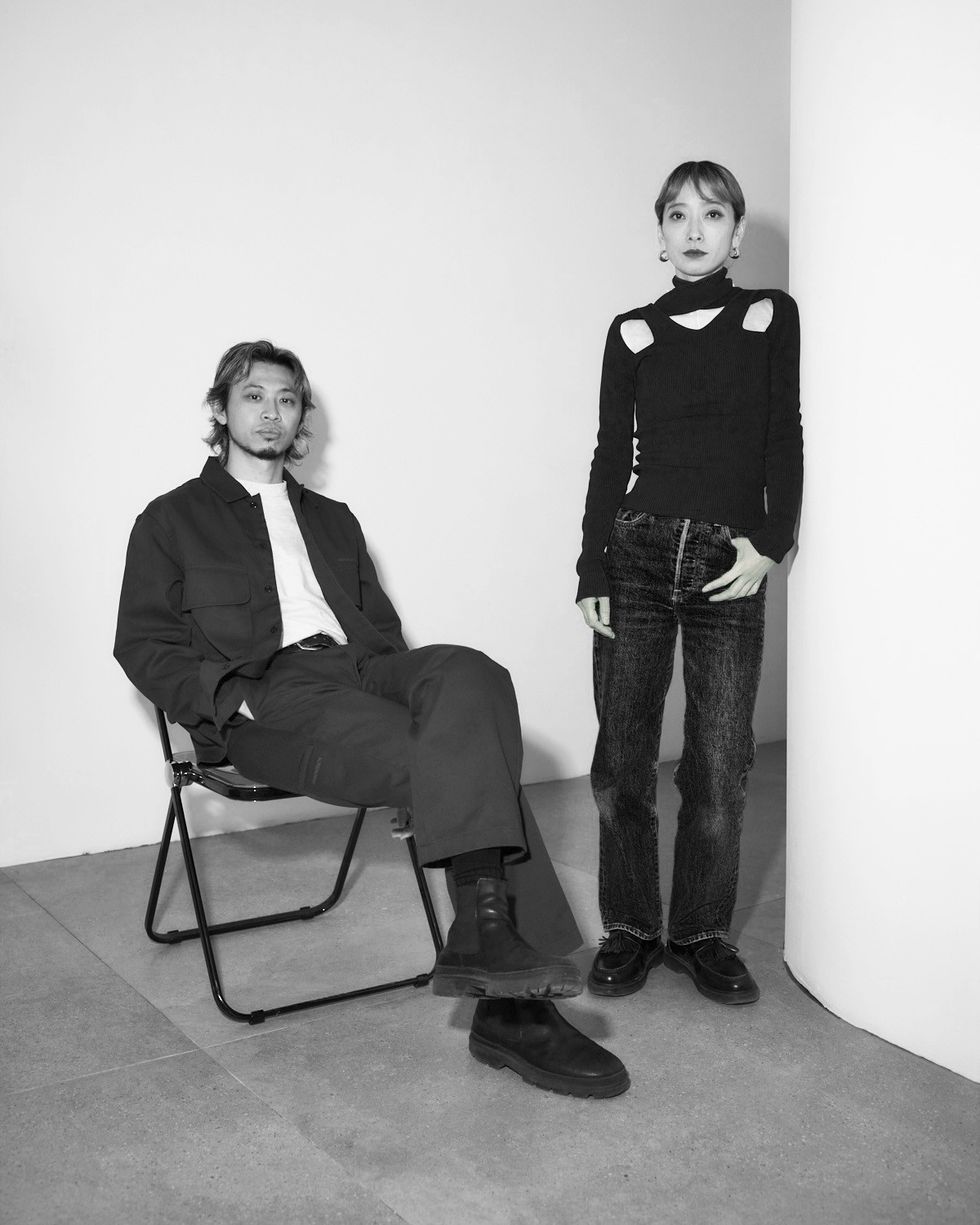
Courtesy of On-Session Salon
How’d you get that chance? Where’d you go first?
T: “I went to London first, but I got food poisoning on the first day. I thought, ‘Oh, London hates me.’ After that, I came to New York and felt much more welcome.
“Every hairstylist is always looking for good assistants and I was a good assistant. One artist, Luigi Murenu, was looking for an assistant so I helped him out and did a good job. It was a very quick jump into the fashion industry. I remember my first fashion show—it was Givenchy in Paris. It was my dream, and there were so many models who I’d seen in the pages of magazines. The hair was slicked back with exaggerated fingerwaves. Most assistants couldn’t do it well, but fingerwaves are on the Japanese beauty license exam—I don’t know why. But I was able to do the look on so many models and Luigi loved it.”
What is your process when you're working on a shoot or creating a more editorial style?
T: “I get a lot of new ideas from people watching, on the street or on the subway. But a lot of those looks are more ‘normal.’ So I like to get more ‘weird’ ideas from magazine editorials. I love going to McNally Jackson to pick up new copies. I have about 200 magazines in my house.”
I just read a piece about how the internet and algorithms have kind of flattened culture and inspiration. Do you find that to be true? Is that why you still use those physical magazines to get ideas? And is that why you look on the street, rather than maybe on your phone?
T: “For sure. For example, editors select images in magazines based on their specific taste, one by one. But TikTok is random. I still keep up on what’s happening on social media and what’s trending, but I do prefer to get ideas from real people.”
R: “Japanese hairstylists do haircuts, perms, hair color, and makeup. So when I worked at a hair salon in Tokyo, we spent so much time watching people because we had to find a haircut model or a color model.”
T: “Now young people can Instagram DM someone and ask, ‘Hey, can I give you a haircut?’ We had to spend all day searching. Even when we had a day off, we’d still always be on the look out.”
How long did you work at the salon in Tokyo?
T: “Training takes a long time. It depends on how strict the hair salon is. It took me five years.”
R: “I did four years.”
T: “It’s no joke. Every morning before opening the salon, you’d practice. And after the salon closes, you’d practice until midnight. Every day for five years.”
R: “We’d come into the salon around 7AM.”
T: “So many young assistants will quit within two years. It’s hard because the pay is low and the hours are long. There were some hair salons that were abusive to their young employees, so a lot of people gave up.”
What did you do outside of the salon?
R: “We’d go to a museum or gallery, or to the movies. I don’t know why but I love American culture. I found it so cool. I was into Sex and the City. When I was an assistant, I was so tired after work, but I still made time to watch Sex and the City on DVD.”
T: “She was so excited when she moved to New York to have that Sex and the City life, but I lived deep in Bushwick. It was a completely different world and she was so disappointed.”
What was the move like for you?
T: “I didn’t have a work visa or close friends, and I didn’t speak English very well. But I could cut hair, so I could make money by giving haircuts. It was interesting. In Tokyo, everything was easy for me. People knew about me and it was kind of easy to survive. But in New York, I had to start over again and study new things, not just the language but other hair skills, too.
“When I first got here, I couldn’t do braids well. For a photo shoot, I braided a woman’s hair and she didn’t like the braids, so she called her mom and said, ‘Hey mom, this hairstylist is bad, come.’ In New York, there’s so much diversity, so I had to practice a lot more. It was a good learning experience.”
What led you guys to open the salon?
T: “It’s been our dream for a long time, since we went to beauty school 20 years ago. Once the pandemic ended and we had the money to pour into the space, we decided to go for it.”
R: “I always wanted a salon where everything fit our mood and taste. It’s a nice space to collaborate creatively. I also wanted to open a salon that was similar to the Japanese hair salon in Tokyo, so we offer everything.”
T: “I was always disappointed with the hair salon business in New York. In my opinion, there are two types of hair salons in New York. One of them is very fancy. There’s a chandelier, champagne, and the stylists are super dressed up. And on the other side is a salon that’s too casual, a very DIY-style salon. And in Tokyo, the salons are somewhere in between—nice and cool. We couldn’t find that kind of hair salon here, so we decided to create it ourselves.”
Tsuki is represented by Streeters.
Want more stories like this?
Photographer Tom Brannigan Approaches Beauty Like a Still Life
This New York Styling Legend’s Closet Has Jackets Made on Savile Row and Cufflinks From Chanel
Don’t Get Caught With Your Wig Slipping


